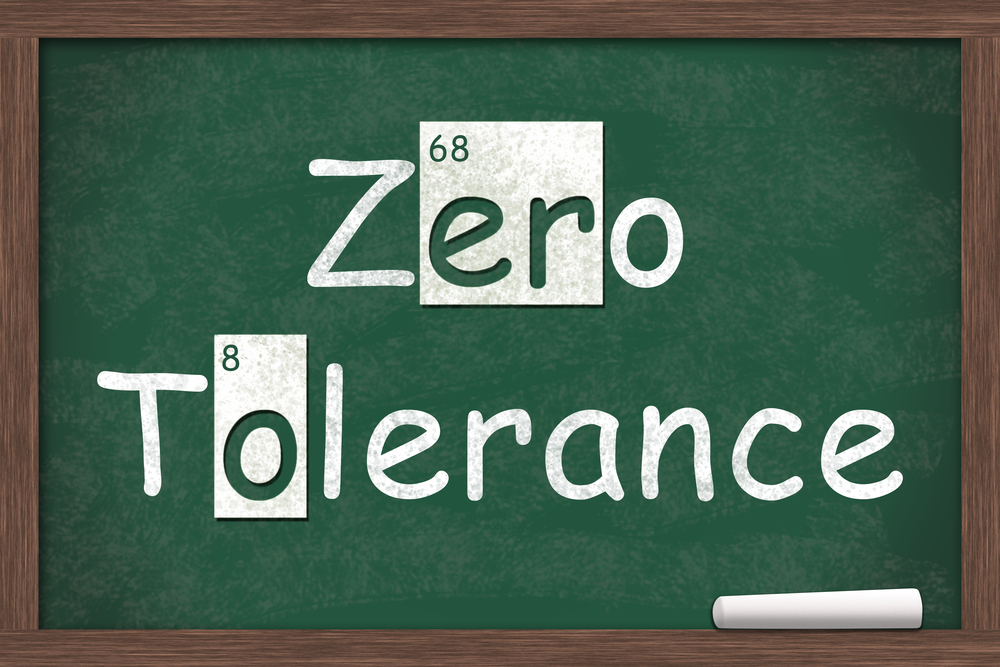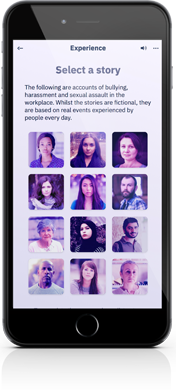
On October 1, 2019, final amendments were made to the New York State law, in force from October 9. All companies with employees in New York State should be reevaluating their current sexual harassment policies and ensure they are up-to-date.
VinciWorks has created a sexual harassment policy template that complies with New York City and State laws. The template can easily be edited to suit your organization and include the details of relevant contact people. You can download the policy template by completing the form below.
[wufoo username=”vinciworks” formhash=”qdmb4rg19ru1fv” autoresize=”true” height=”887″ header=”hide” ssl=”true”]
New York sexual harassment laws
According to New York State law, sexual harassment is unwelcome behavior of a sexual nature based on a person’s sex. It can include conduct that:
- Affects hiring or employment decisions
- Creates an intimidating, hostile, or offensive work environment
- Is either verbal, physical, or visual, including so called “jokes” and also including unwanted touching, requests for sexual favors, coerced sexual acts, comments, displaying pornographic images, and gestures
Sexual harassment is prohibited by Title VII of the 1964 federal Civil Rights Act, New York State Human Rights Law and, in some instances, local law (for example, the New York City Administrative Code). The NYS Human Rights Law also protects against harassment based on gender identity or transgender status. Harassment on the basis of actual or perceived sexual orientation is also prohibited by the New York State Orientation Non-Discrimination Act (“SONDA”). Retaliation for making a complaint about sexual harassment is prohibited by New York law.
What should be included in a sexual harassment policy template?
A sexual harassment policy should contain all the information relating to sexual harassment that employees should be aware of as a New York State employee. A robust policy also clarifies the law and answers questions employees may have regarding appropriate and inappropriate behavior in the workplace. Further, a sexual harassment policy template should include the details of the relevant contact people should anyone wish to raise concerns or report inappropriate behavior.
Introduction to New York state sexual harassment policy
Introduce your policy by enforcing the company’s commitment to maintaining a workplace free from sexual harassment. Employees should be urged to report sexual harassment, whether they have witnessed it or suffered themselves, to their employer. Employees can also file a complaint with a government agency or in court under federal, state or local anti-discrimination laws.
Details of the sexual harassment policy
The main body of the policy should clarify the following key points:
- Who the policy applies to: all employees, applicants for employment, paid and unpaid interns, contractors and persons conducting business with you
- Zero tolerance: anyone who does not adhere to the policy will be disciplined
- Retaliation: it is forbidden to retaliate against anyone involved in a sexual harassment investigation
- Non-employee definition: under the Stop Sexual Harassment in NYC Act, anyone who is, or is employed by, a contractor, subcontractor, vendor, consultant, or anyone providing services in the workplace is covered by the policy
- Consequences of sexual harassment: any employee who is found guilty of sexual harassment will of course be disciplined
- Sexual harassment investigations: any investigation into sexual harassment or sexual misconduct claims will be kept confidential
- Reporting sexual harassment: all employees should report any behavior that violates the sexual harassment policy
- Manager and supervisor obligations: state the designated person managers and supervisors should report to with any complaints they have received, or inappropriate behavior they have seen
Answering key questions on sexual harassment
The sexual harassment policy is a great opportunity to answer questions your employees may have. Here are some questions you may want to include:
- What if the harassment is not sexual, but directed at me because of my gender?
- I’m transgender or don’t identify with a particular gender, or the gender assigned to me at birth. Am I protected?
- If I file a successful sexual harassment complaint, what can I expect?
- I’m being harassed but I don’t want anyone to get into trouble or lose their job because of me. What should I do?
VinciWorks has come up with several more questions and answers relating to sexual harassment in the workplace.
Legal Protections and External Remedies
Sexual harassment is not just against your company’s policies, it is also against the law. Should your staff wish to pursue legal action against a colleague for sexual harassment, they may do so. If they feel they are in immediate danger, they should contact the police immediately. In your policy, be sure to refer to and elaborate on relevant laws, namely the New York State Human Rights Law and the Civil Rights Act of 1964.
Monitor and review your sexual harassment policy
All companies should regularly monitor the effectiveness of this policy at least annually to ensure it is working in practice. Information and sexual harassment training should be available to all staff.
Provide interactive sexual harassment training

Under New York State law, all employers in the state of New York are required to implement mandatory annual anti-harassment training programs and distribute various policies, including complaint forms. Crucially, the training must be interactive. By October 9, 2019, all companies must have their training and policies in place. Under New York City law, interns are included in the requirement to take training.
VinciWorks’ interactive training, inspired by the #MeToo movement, brings to life the real impact of bullying and harassment at work through hard-hitting stories, connects users to a global movement, and gives them a chance to have their story heard too. The three main sections, Experience, Explore and Share, create a personal experience for the user. You can demo the course for free here.








